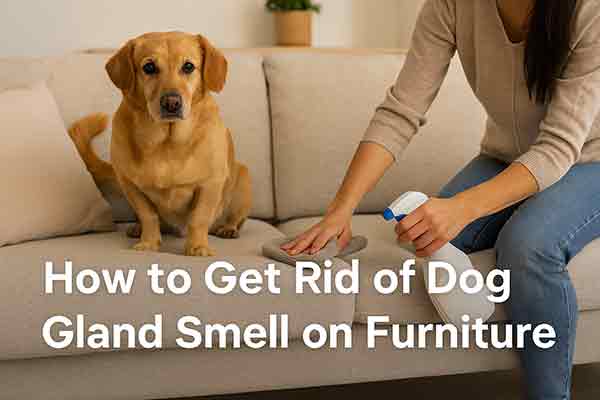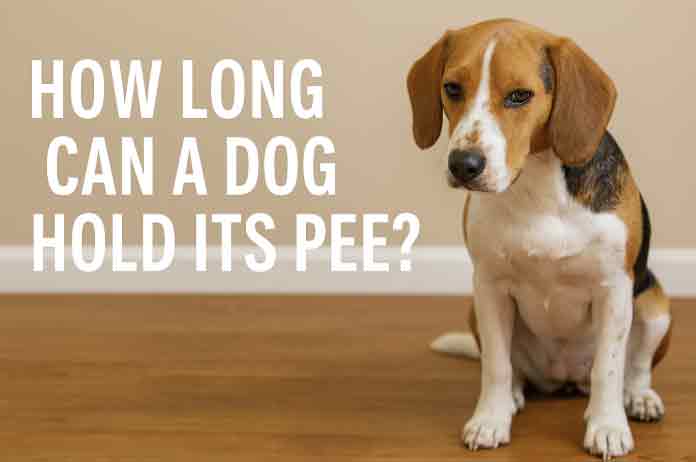How to Get Rid of Dog Gland Smell on Furniture
Table of Contents
- Introduction
- What Is Dog Gland Smell?
- Why Does It Get on Furniture?
- Immediate Cleanup Steps
- Deep Cleaning Methods for Dog Gland Odor
- Natural Solutions and Home Remedies
- Preventive Measures to Avoid Future Odors
- Choosing the Right Pet-Safe Cleaners
- FAQ
- Conclusion
Introduction
There’s no mistaking it—once your dog’s anal glands have expressed on the couch, you’ll know by the pungent, fishy odor that lingers. If you’re searching for how to get rid of dog gland smell on furniture, you’re not alone. In this guide, we’ll walk you through the causes of this stinky situation, how to remove the odor from your furniture, and how to prevent it from happening again.
What Is Dog Gland Smell?
Dogs have anal glands near their rectum that release a distinct-smelling fluid, often during times of stress or excitement—or when they sit or scoot on your furniture. The fluid is thick, oily, and incredibly pungent, designed by nature to communicate scent. Unfortunately, it can also cling to fabric and upholstery like glue.
Why Does It Get on Furniture?
Your dog may unintentionally express its anal glands when:
- Sitting or lounging on soft surfaces
- Feeling anxious or frightened
- Experiencing gastrointestinal upset or constipation
- Suffering from an anal gland impaction or infection
Since dogs often gravitate toward the couch or your favorite chair for comfort, these become prime spots for gland expression incidents.
Immediate Cleanup Steps
Act fast to prevent the smell from setting in:
- Blot the spot: Use paper towels or a cloth to soak up as much of the fluid as possible. Do not rub—it spreads the stain and odor.
- Apply enzyme cleaner: Use a pet-safe enzymatic cleaner designed for protein-based stains and odors.
- Let it sit: Allow the cleaner to work for at least 15–30 minutes (or as directed).
- Blot again: Remove as much moisture as you can with clean towels.
- Repeat if necessary: Severe odors may require multiple applications.
Deep Cleaning Methods for Dog Gland Odor
For persistent smells, consider these deeper cleaning techniques:
- Steam cleaning: Use a steam cleaner with upholstery-safe settings and a pet enzyme solution in the tank.
- Upholstery shampoo: Apply with a fabric brush and extract thoroughly with water.
- Baking soda overnight: Sprinkle on dry fabric, let sit overnight, and vacuum in the morning.
- Professional upholstery cleaning: Ideal for deeply embedded odors or delicate fabrics like suede or velvet.
Natural Solutions and Home Remedies
If you prefer natural or DIY methods, try these:
- White vinegar + water spray: Mix 1:1 ratio in a spray bottle, apply, and blot.
- Lemon juice: Helps neutralize odors (use with care on light fabrics).
- Activated charcoal pouches: Place near or under the affected area to absorb lingering smells.
Note: Always spot-test homemade solutions before applying broadly.
Preventive Measures to Avoid Future Odors
Prevention is the best solution. Here’s how to stop future gland issues from affecting your furniture:
- Regular grooming: Have your dog’s glands expressed by a groomer or vet if needed.
- Dietary fiber: Add fiber to help naturally express glands during bowel movements.
- Furniture covers: Use washable slipcovers or pet blankets on couches and chairs.
- Train your dog: Teach boundaries and offer comfy pet beds as alternatives.
Choosing the Right Pet-Safe Cleaners
Not all cleaning products are safe for pets or effective on gland smells. Look for:
- Enzyme-based formulas: These break down organic matter at the molecular level.
- No added fragrances: Fragrances can mix with gland odors and make things worse.
- Pet-safe labeling: Ensure the cleaner won’t harm your dog if they come in contact later.
FAQ
What does dog gland smell like?
It typically smells fishy, musky, or metallic—very unpleasant and often intense.
How long does the smell last on furniture?
If untreated, the odor can linger for weeks or months. With prompt and thorough cleaning, it can be removed within 1–2 sessions.
Can I use regular household cleaners?
Most standard cleaners don’t neutralize the enzymes in gland fluid and may be unsafe for pets. Stick to enzymatic or pet-specific cleaners.
Is the smell a sign of a health problem?
Occasional gland expression is normal, but frequent or involuntary leakage could indicate infection, impaction, or dietary issues. Contact your vet for advice.
Should I remove the couch cushion stuffing?
If the fluid has soaked through, you may need to remove and treat the inner foam. If odor persists despite surface cleaning, replacement might be necessary.
Conclusion
Knowing how to get rid of dog gland smell on furniture is essential for maintaining a fresh and comfortable home. By acting quickly, using the right products, and practicing prevention, you can eliminate the odor and stop it from coming back. Remember to monitor your dog’s health and behavior—sometimes a smelly couch is a sign your pup needs a vet check. With consistent care, you can keep both your furniture and your dog in great condition.
Want more home-cleaning tips for pet parents? Browse our blog for expert advice on dog health, odor removal, and household management.







